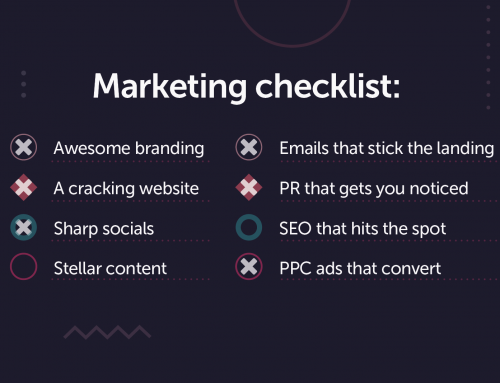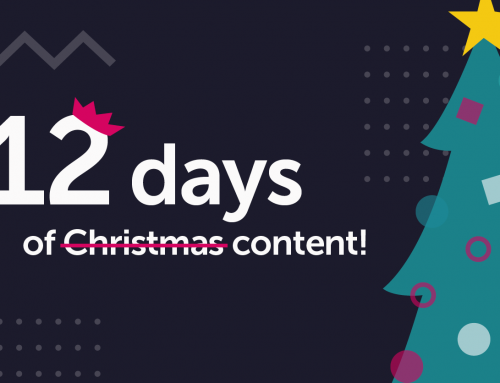You may think you have a good idea of who your customers are, but are you sure you’re not just blindly filling in the gaps with assumed information?
Do you know what they enjoy doing in their free time? Where they like to shop? How much they earn? Which devices they use? What publications they read?
This is the kind of information you need to craft targeted and compelling blogs, social media posts, website landing pages, e-newsletters — you name it. Adopting a ‘one-size-fits-all’ approach doesn’t work in content marketing, so you need this level of detailed knowledge about your audience to tailor your content and messaging in line with their wants and needs.
Drill into the details
To get to know your customers, you need to start by building a customer profile. Unlike a buyer persona which is based on a semi-fictitious description of a single person, a customer profile looks at data and factual information to give you a comprehensive overview of a whole group of people.
When looking at customer profiles, businesses often get so hung up on who their customers are (their demographic) that they forget to look at what their customers are doing (their behaviours). Both are important to consider.
If you know when they’re online, you can publish your content so that it reaches them at the right time. If you know what your audience usually search for, you can incorporate the relevant keywords into your messaging to push your content further up their search results. If you know that most of your customers use a smartphone to search, you can optimise your content for mobile.
Once you understand your customers inside and out, you can start fine-tuning your content marketing strategy, adjusting your messaging, visuals and the platforms you use to promote your content to ensure you make an impact with your target audience.

Build your knowledge
So, where can you find all this data? Google Analytics is a free way to learn valuable information about your customer base and segment your audience into meaningful chunks. This tool can provide an exhaustive demographics report and tell you about your customers’ interests, location, how they’ve found your website and so on. What’s more, Google Analytics also provides details of how your customers are interacting with content. By noting down the kind of content they enjoy, you can tailor future messaging and visuals to line up with what you know they’re interested in.
Other tools such as AnswerThePublic can show you what people are searching for. As soon as you’ve got this insight, you can create content using specific keywords that respond to their search queries and answer their questions — demonstrating that you’re a credible authority on the topic.
Through social listening tools like HubSpot, you can also keep tabs on what existing and prospective customers are saying about your business. Not only will you be able to monitor your social media profiles for customer feedback and direct mentions, but you’ll also be able to see conversations with relevant keywords or topics. This will help to guide and steer your content in the right direction.
Another simple technique that can help you get to know your customers is emailing out a short survey. Platforms such as SurveyMonkey and Typeform make it easy to create a questionnaire that you can use to fill any gaps in your knowledge. Running A/B split tests on your email campaigns is also a great way to establish what content your customers like or don’t like.
Understand your customers
The more data you collect, the easier it’ll be for you to understand your customers’ motivations and get a real grasp of the why. And doing so means you’ll be able to create the right content — delivered to your target audience in exactly the right place, at the right time.
Want to get to know your customers better and start creating successful, targeted content? Take our free marketing audit today, and we’ll help you get started.










